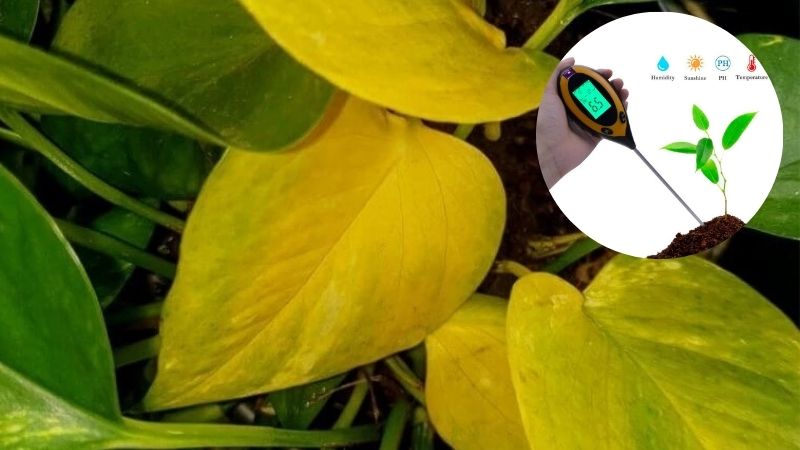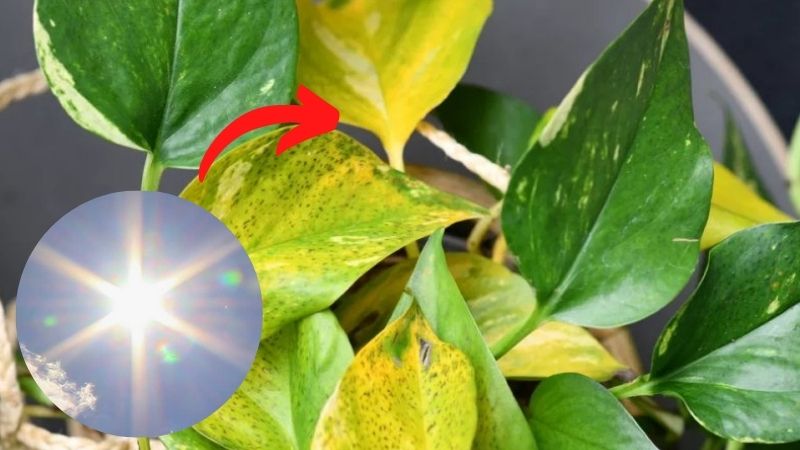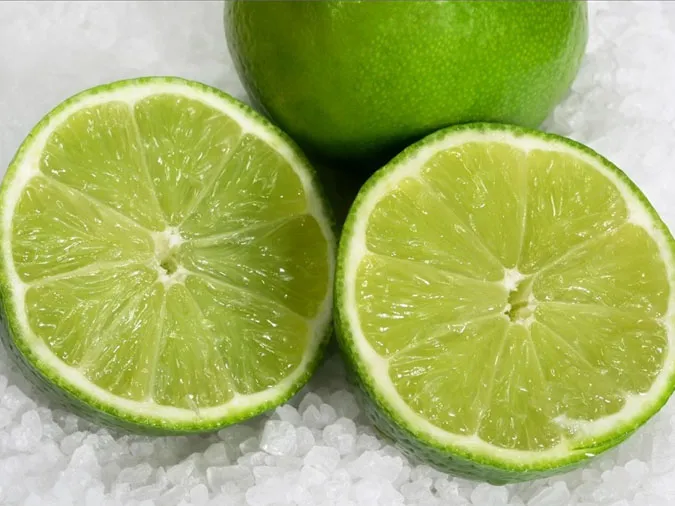The Epipremnum aureum, commonly known as the Golden Pothos or Money Plant, is a popular houseplant chosen for its vibrant appearance, ease of care, and health benefits. However, the unpredictable weather during the year-end can negatively impact the plant, and even cause its leaves to turn yellow. Let’s explore ways to care for your Golden Pothos and prevent leaf yellowing during winter.
1 Temperature Control
The Golden Pothos thrives in temperatures ranging from 15°C to 30°C (59°F to 86°F). During cold spells, lower temperatures can lead to decreased air humidity, resulting in dry soil. This will cause the edges of the plant’s leaves to turn brown and eventually turn yellow.
 Temperature Control
Temperature Control
To mitigate this issue, consider using a misting machine or a simple spray bottle to regularly moisturize the air around your plant.
2 Inadequate Lighting
The Golden Pothos prefers shaded areas, but if it doesn’t receive enough sunlight or natural light, it will struggle to photosynthesize effectively, leading to leaf dryness and wilting due to nutrient deficiency.
 Lack of Sunlight
Lack of Sunlight
However, not all winters are equally cold and sunny. In places like Saigon, which experiences year-round warmth, excessive direct sunlight can cause the leaves to droop and turn yellow, and may even lead to sunburn.
 Excessive Direct Sunlight
Excessive Direct Sunlight
If you keep your plant indoors or in a shaded area, it’s advisable to place it in indirect sunlight for about 15-30 minutes, once or twice a week. For outdoor plants, ensure they are positioned in shaded areas or provide a protective cover to shield them from direct sunlight.
3 Overwatering
During winter, as humidity levels drop, you might be tempted to water your plant more frequently. However, overwatering can lead to root rot and subsequent leaf yellowing.
First, ensure your pot has sufficient drainage holes to prevent waterlogging at the bottom. Second, reduce the frequency of watering to once or twice a week for indoor plants. For aquatic plants, maintain the water level at ⅔ of the root height and change the water weekly, trimming any rotten roots.
If you notice leaf yellowing due to overwatering, move your plant to a bright, sunny spot to help it recover and process the excess water.
4 Excessive Fertilization
The Golden Pothos is a resilient plant and does not require excessive fertilization to thrive. If you wish to feed your plant, occasionally use a fertilizer that is formulated for foliage.
 Excessive Fertilization
Excessive Fertilization
Overdoing it can lead to an excess of nutrients, which will cause the leaves to turn yellow.
5 Insect Infestation
Like any other plant, the Golden Pothos is susceptible to insect pests such as mealybugs, spider mites, and scale insects, as well as bacterial leaf spot disease. These pests can suck moisture from the plant, rapidly weakening it and causing leaf yellowing.
 Insect Infestation
Insect Infestation
To address this issue, visit a gardening store or agricultural supply shop to purchase appropriate pesticides for your plant. Alternatively, you can mix one part vinegar with ten parts water and spray this solution on the leaves and stem nodes. Repeat this process every 3-5 days until the insects and their eggs are eliminated.
6 Additional Care Tips
 Care Tips
Care Tips
Occasionally, leaf yellowing in the Golden Pothos is a natural part of the plant’s growth cycle, so there’s no need to worry. Since you can’t revive a yellow leaf, use sharp, clean scissors to remove it and reduce the burden on the plant.
We hope that this guide will help you provide the best care for your Golden Pothos and keep it vibrant and healthy!



































